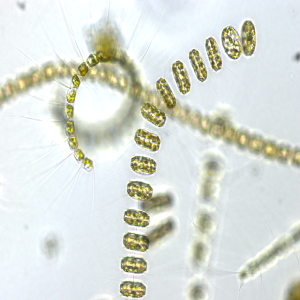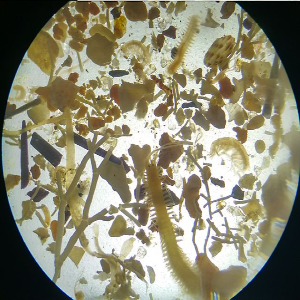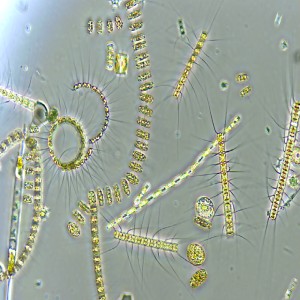Sediment classification in a Brazilian reservoir: Pros and cons of parametric low frequencies
Parametric echo sounders for sediment classification

Accepted: 16 April 2019
HTML: 34
All claims expressed in this article are solely those of the authors and do not necessarily represent those of their affiliated organizations, or those of the publisher, the editors and the reviewers. Any product that may be evaluated in this article or claim that may be made by its manufacturer is not guaranteed or endorsed by the publisher.
Sediment is the main factor that limits the reservoir lifetime. Therefore, sediment classification is an essential tool for planning and operating reservoir management measures. There has been important development in the hydroacoustic classification of lakebed, especially with linear systems. The main restrictions while using linear hydroacoustic systems for lakebed classification are the shallow penetration in high-frequency applications or the low vertical and horizontal resolution when using low frequencies. With the new developments in the area of echo sounders, parametric systems can achieve high penetration while preserving the high vertical and lateral resolution. To investigate the performance of parametric systems, a new lakebed classification approach was implemented by using a SES2000 Compact. The area studied was the Passauna reservoir in Parana State, Brazil. We used the first echo division method for processing the acoustic data combined with sediment core and grab sampling. The two physical parameters investigated, were the share of the finest fraction (<63 µm) and wet bulk density (WBD). The results showed a high correlation between the primary frequency of 100 kHz (166 µs pulse length) and the physical parameters. Additionally, a significant correlation was observed with the acoustic parameters at 10 kHz frequency. The best correlating acoustic parameter was Attack/Decay (E1´/E1). The gas presence was found to be an important factor determining the penetration depth of the parametric system and the performance of the classification. The advantages of parametric systems, such small directivity and layering effect, represent the major restrictions in sediment classification applications.
Supporting Agencies
German Academic Exchange Service (DAAD) within Project 57203877, German Federal Ministry of Education and Research within Grant 02WGR1431APAGEPress has chosen to apply the Creative Commons Attribution NonCommercial 4.0 International License (CC BY-NC 4.0) to all manuscripts to be published.



 https://doi.org/10.4081/aiol.2019.7953
https://doi.org/10.4081/aiol.2019.7953







